Updates
2016-02-18: Added process information
I have a Delphi program compiled using XE4. It is being used by a few hundred customers. A couple of weeks ago one of these customers reported that some areas of the executable was being erased (images bellow) randomly during the day. This client has 35 sites using this exe and the problem occurs on no more than 10 of these sites.
Investigation
1 - My first suspicion was an infinite loop. The exe keeps responding while the components are erased, nothing changed on the code so radically from the time this problem did'n happen and the logs don't show any loop (this exe has logs everywhere).
2 - Misbehaving threads. I have a separate thread that syncs data between this exe and our server in the cloud. Again, logs don't show that the thread is running when the problem occur and again, nothing was changed here.
3 - Some other program (antivirus?) is affecting my exe. Couldn't investigate this hipotesis properly yet, but until now couldn't find any installed program that raised my attention.
My question is: What could be causing this issue? How can I investigate further? I know this may be a wide question but this is all information I could gather and I can't imagine many more places to look at.
Images
1 - In the image bellow the red-stroked area should be a TToolBar
2 - In this second image there are three areas, from the top to the bottom the first one should be a TToolBar, the second one should be the title of the child form and the third one should be a TwwDBGrid
3 - The third example shows on the top the erased area where should be a TEdit, just bellow it there's what should be a line on a TwwDBGrid and on the side we can see an erased scrollbar from the TwwDBGrid
4 - This last example shows 5 erased areas: The title of the application, the main TToolBar, The title of the Form, a TButton and two TwwDBGrid
5 - This is an interesting example beacause beyond the erased components there are 4 TSpeedButtons that are not erased but they are without the images they have originally (the first red stroked areas). The other 3 red stroked areas are, in order, 2 TEdits, a TwwDBGrd and a TButton
Process Information
I got a screenshot by the momment the problem occurs. scgolr is my software.





